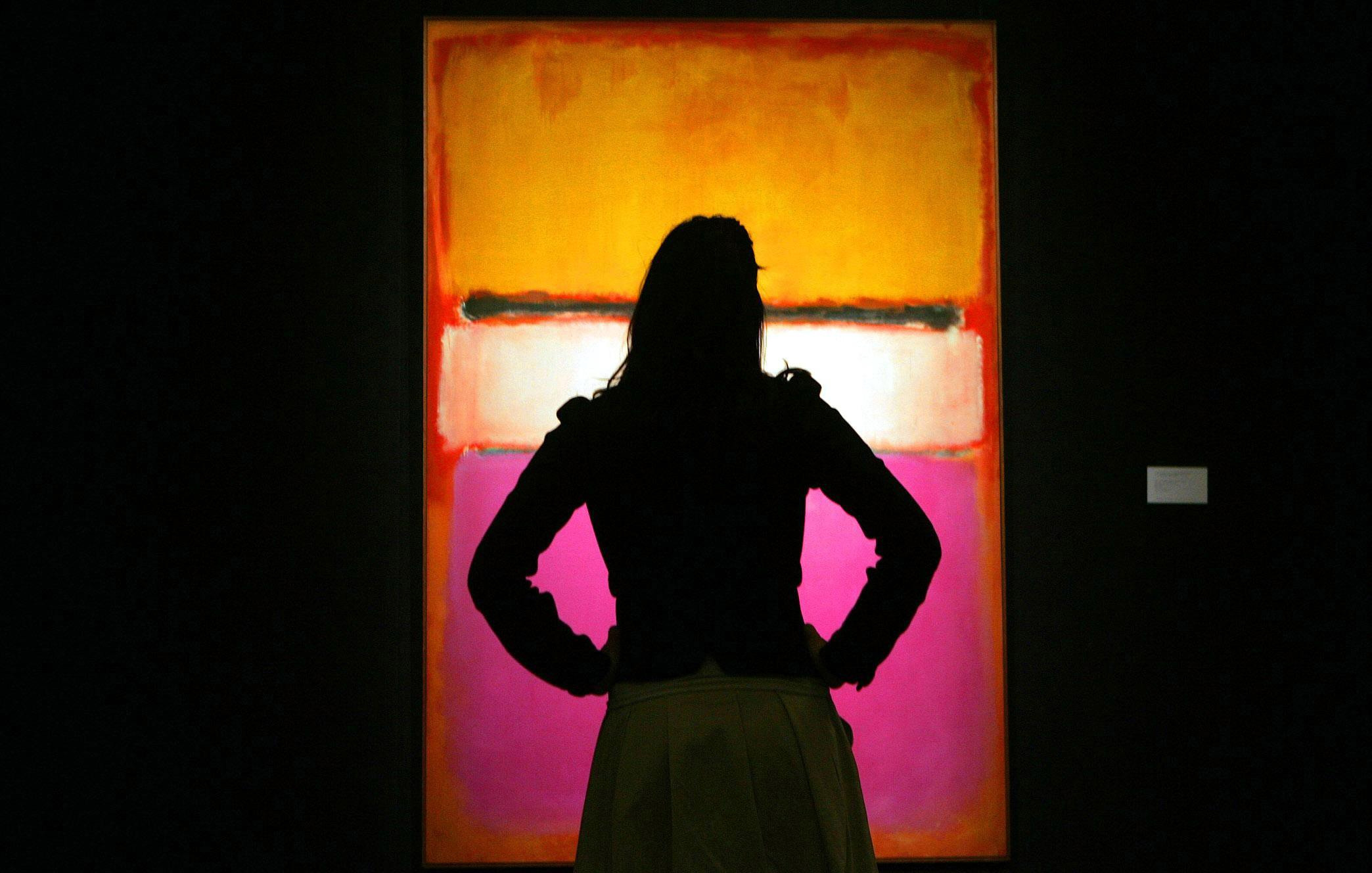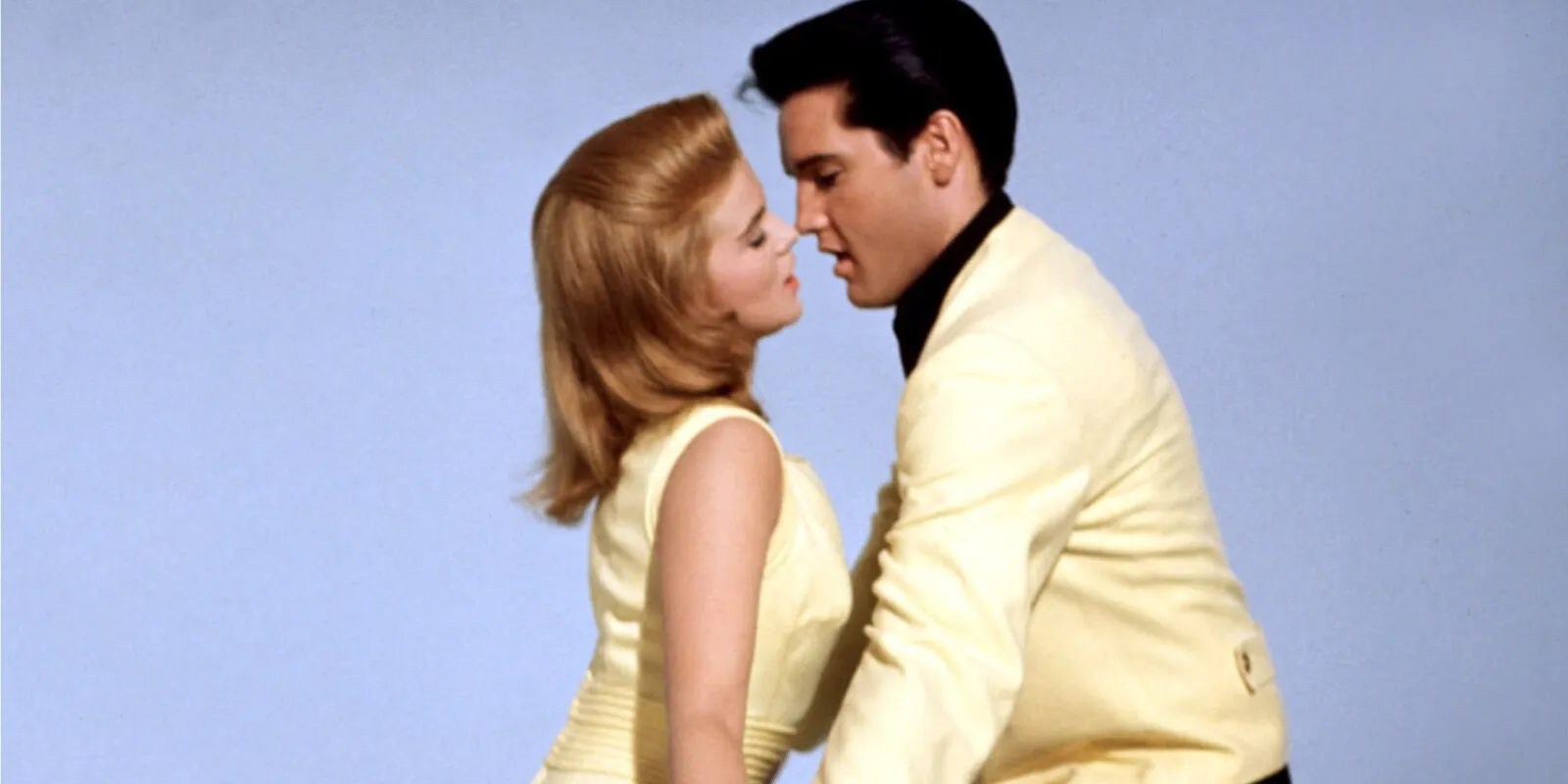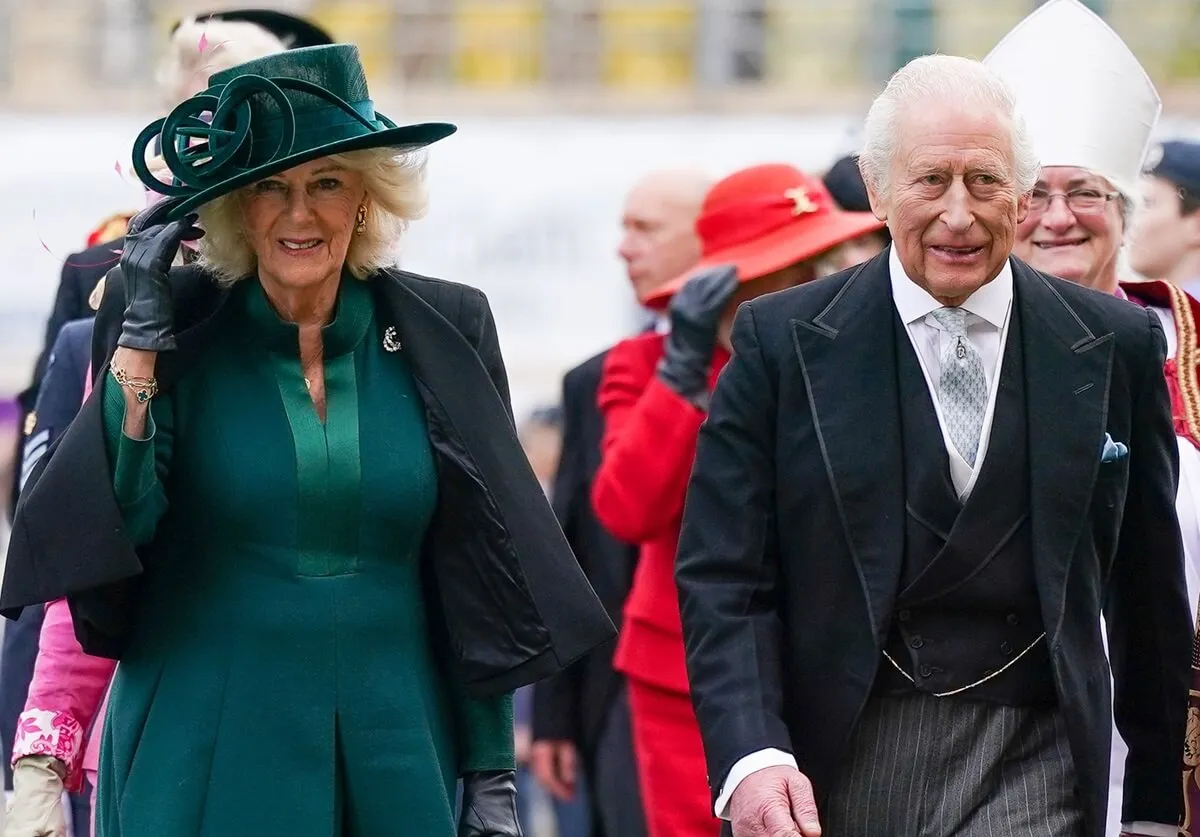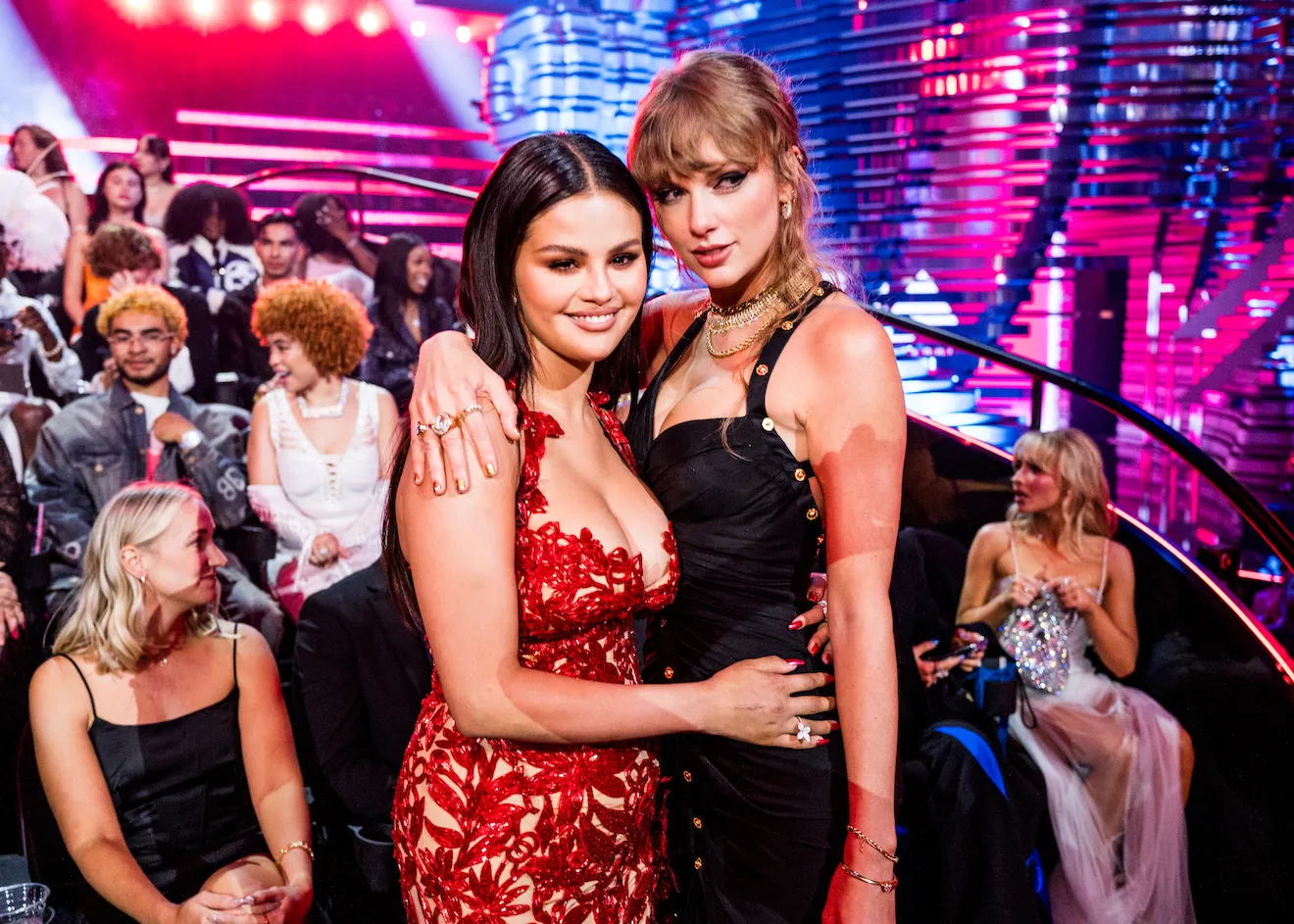True Crime Documentaries on Netflix: After ‘Murder Among the Mormons,’ Stream ‘Made You Look’
Murder Among the Mormons is Netflix’s latest true crime sensation. The three-episode docuseries dropped on March 3 and quickly climbed to the top of the streaming service’s most-watched list. The documentary tells a story involving a series of bombings in Salt Lake City in 1985, which were eventually linked to the high-stakes trade in rare Mormon documents. It’s a gripping tale that will likely leave some viewers searching for similar true crime documentaries to add to their Netflix watch list.
In ‘Murder Among the Mormons,’ an elaborate con leads to murder
Murder Among the Mormons begins by looking back on the 1985 bombings that killed two people and seriously injured a third. The crimes rocked the quiet Utah city. Things got even stranger when the investigation revealed links to the business of buying and selling rare documents related to the history of the Church of Jesus Christ of Latter-Day Saints.
In the 1980s, a man named Mark Hofmann made a splash in the close-knit world of Mormon document collectors when he discovered several documents related to the roots of Mormonism, His finds included a controversial letter that contradicted the church’s official story about how Joseph Smith discovered the Book of Mormon.
Hofmann’s finds were fabulous, but they were also totally fake. He was actually an accomplished forger — one of the most skilled ever, one interviewee claims. Eventually, people got suspicious. In an attempt to cover-up his crimes, Hofmann killed two people with homemade bombs. Then, he was injured when another bomb exploded in his car. The resulting investigation brought Hofmann’s various crimes to light.
The true crime documentary ‘Made You Look’ tells the story of another massive fraud

In hindsight, it seems improbable that Hofmann’s fakes could have fooled both rare book and document experts and those deeply involved in the LDS Church. But as one person interviewed for the series confessed, many people simply wanted to believe Hofmann’s finds were real.
Many of the people interviewed in Made You Look: A True Story About Fake Art tell a similar story. Like Murder Among the Mormons, this 2020 documentary (currently streaming on Netflix) focuses on an elaborate fraud. However, in this case, it involved the world of art collecting, not the LDS church.
In the mid-1990s, a woman named Glafira Rosales walked into the Knoedler Gallery in New York City. She told the gallery’s director, Ann Freedman, that she was in possession of a previously unknown painting by Mark Rothko. Rosales spun an elaborate story about the painting’s provenance, which helped convince Freedman the artwork was authentic. Several Rothko experts seemed to agree. The Knoedler Gallery bought the painting for $750,000 and quickly sold for $5.5 million.
Soon, Rosales was bringing more paintings to Freedman, including work by renowned artists such as Jackson Pollock and Robert Motherwell. Eager collectors snapped up the pieces. But there was one problem. Rosales was a skilled con artist. The paintings she sold were all fakes created by an artist named Pei-Shen Qian, though that didn’t come to light until years later.
‘Made You Look’ explores why people fall for fakes
Made You Look doesn’t involve murder, just some very unhappy collectors irate at having spent millions on fake paintings. (The fraud totaled $80 million.) But unlike Murder Among the Mormons, it dives more deeply into how fraudsters were able to pull off such a long-lasting con — and why so many people fell for it.
Freedman insists she had every reason to believe that the paintings were real. But many in the art world have a hard time believing her; they think she bears some responsibility for the deception. What is clear is that many people were eager to accept that a previously undiscovered cache of valuable American paintings had been discovered, despite obvious signs that they were not authentic. (In one painting, the forger misspelled Pollock’s signature.)
The film leaves audiences wondering if Freedman was in on the con or if she was just a gullible (and perhaps greedy) woman who became so invested in the paintings she was selling — and her role in bringing them to light — that she was unable to admit she’d been deceived. And it raises questions about what makes art valuable and whether even trained professionals can identify fakes.
“People thought they were sublime masterworks,” says Blake Gopnik, an art critic interviewed for the movie. “Before they knew they were fakes, people thought these were great works of art.”
Made You Look: A True Story About Fake Art is currently streaming on Netflix.
Check out Showbiz Cheat Sheet on Facebook!


